
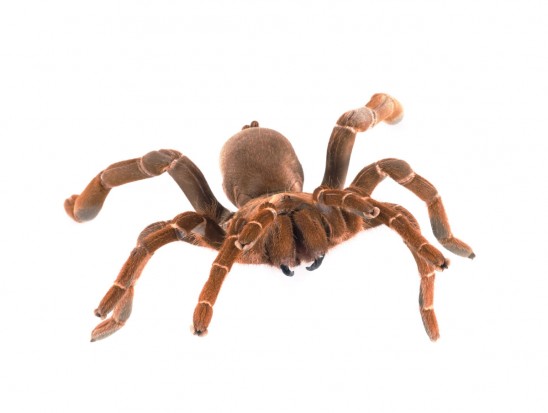
The King Baboon Spider (Pelinobius muticus) is one of the most talked-about spiders in tarantula keeping circles. They are renowned as one of the easiest to keep tarantulas in terms of their car and hardiness, and are prized for their large size when mature, as well as their aggressive threat displays. They are popular tarantulas and can sometimes be found for sale in retailers that specialise in arachnids, which often leads the beginner tarantula keeper to believe that they make a good first tarantula, or are a good pick for the novice keeper.
However, there are many reasons why the King Baboon Spider should not be considered as a good pick for inexperienced tarantula keepers, and any potential King Baboon Spider keeper should make sure that they understand what they are taking on when considering their purchase. For a relatively experienced keeper or a tarantula enthusiast who has kept other species and is looking for something a little different in their next spider, the King Baboon Spider may well be a viable choice. If you are fascinated by these large, impressive tarantulas, read on to learn more about their unique care requirements and the considerations to bear in mind when deciding upon the right choice of tarantula for you.
Baboon spiders of all varieties are renowned for being aggressive and quick to bite, and the King Baboon Spider is no exception! They are a large spider with large fangs, and are not afraid to use them. Baboon spiders often make a threatening hissing sound when provoked to aggression, although you should by no means expect to receive this warning. They will quickly rear up and bite, often with no warning, and they move very quickly.
As well as having a significant propensity to bite with little provocation, the venom of the King Baboon Spider is also stronger than that of most other tarantulas, and can deliver a range of nasty side effects. While no one has ever died from the bite of a King Baboon Spider, bites to humans often produce severe pain and swelling within the localised area that can take several days to subside, and may be accompanied by muscle cramps and spasms. You should be prepared to see a doctor or visit A&E if you are ever bitten by a King Baboon Spider.
The King Baboon Spider is a renowned escape artist, and special consideration should be given to securing their housing. Despite their large size, they can squeeze through gaps much smaller than themselves, and having one of these spiders loose in your home would be a serious concern.
They are also very strong, and may potentially be able to pry the lid from their enclosure if it is not sufficiently secured, as well as potentially being able to manipulate any latches or fastenings within their tank.
Tarantulas are often popular partly due to the fact that they can be kept comfortably in relatively small tanks, and do not need much room to move about.
Part of the King Baboon Spider’s appeal is the fact that it is one of the world’s giant tarantulas, and adult specimens reliably grow to a leg span of over nine inches. They need an enclosure rather larger than that provided for most other tarantulas, and providing an enclosure that is too small can lead to a range of problems. A spider in an undersized tank will be stressed and fail to thrive, and may be more prone to escape. It can also make feeding challenging, and more risky for the person doing the feeding!
While the King Baboon Spider eats the same types of live prey as other tarantulas (such as crickets, mealworms and earthworms that are readily available to buy from pet shops or order online ) getting their feeding just right is a delicate balance.
It is all too easy to inadvertently feed too much or too little, and hard to identify if this is happening.
They generally eat a relatively significant amount, as you would expect from a spider of their size, but may also overeat which can lead to problems. King Baboon Spiders often take their live prey back into their burrow to eat (or not) which can make it hard to know if your spider has actually eaten what you gave them, or if there are dead insects and worms rotting away in the burrow; which in their turn, can be a challenge to remove safely!
Because the King Baboon Spider is so large, a common mistake made by the novice keeper is feeding prey that is too large for the spider to manage, which can potentially cause harm to your spider as it fights for its life! Never feed anything that is larger than half the size of the spider’s body.
Despite the warning and caveats given above, the King Baboon Spider can make a good pet for the experienced tarantula enthusiast. But it is not in the same league as the popular beginner spiders such as the Chilean rose or the Mexican redknee, and should be treated accordingly.
Make sure you understand exactly what you are taking on when buying a King Baboon spider, or any other tarantula; do not bite off more than you can chew, or risk getting bitten yourself!
 Do Large Dogs Have Larger Brains And Higher Intelligence Levels Than Small Dogs?
Do Large Dogs Have Larger Brains And Higher Intelligence Levels Than Small Dogs?
 Ten Treatment Options To Keep Your Dog Free Of Fleas
Ten Treatment Options To Keep Your Dog Free Of Fleas
 Five Advantages Of Owning Two Or More Dogs
Five Advantages Of Owning Two Or More Dogs
 Best Birdwatching Spots In Cumbria
Best Birdwatching Spots In Cumbria
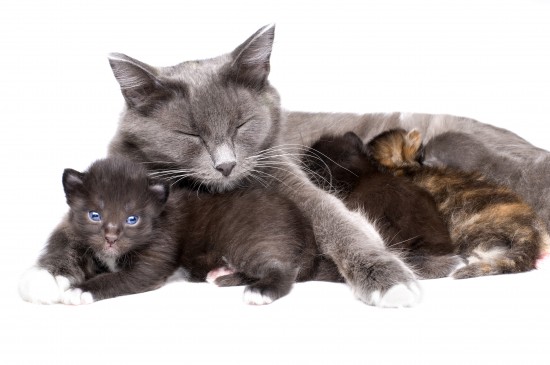 Cat Breeding - The Arrival And Early Days Of Your Kittens
Cat Breeding - The Arrival And Early Days Of Your Kittens
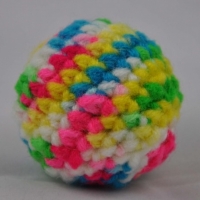 What To Look For When Choosing A Catnip Cat Toy
What To Look For When Choosing A Catnip Cat Toy
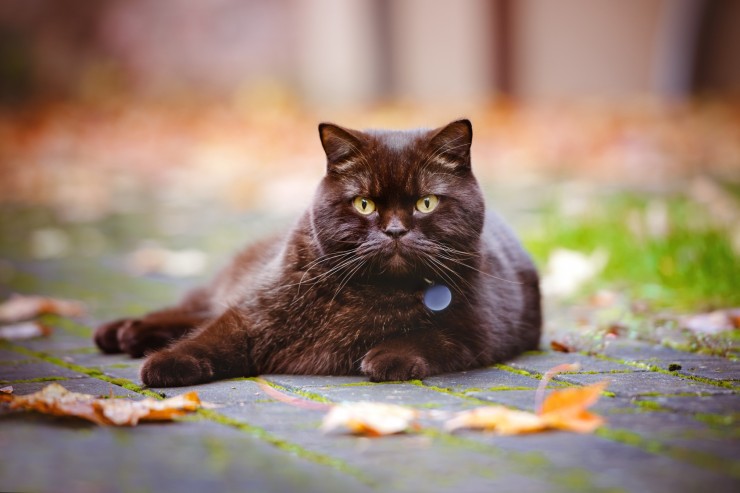 How To Work Out A Cat Or Kitten’s Age
How To Work Out A
How To Work Out A Cat Or Kitten’s Age
How To Work Out A
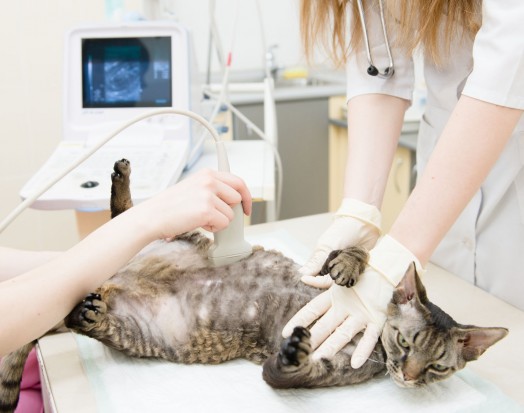 How To Know If Your Cat Is Pregnant
How To Know If Yo
How To Know If Your Cat Is Pregnant
How To Know If Yo
 Tips On How To Keep A Briards Coat Looking Good
Tips On How To Ke
Tips On How To Keep A Briards Coat Looking Good
Tips On How To Ke
 Disease prevention for your dog, without vaccination
Disease prevention for your dog, without vaccination
Disease prevention for your dog, without vaccination
Disease prevention for your dog, without vaccination
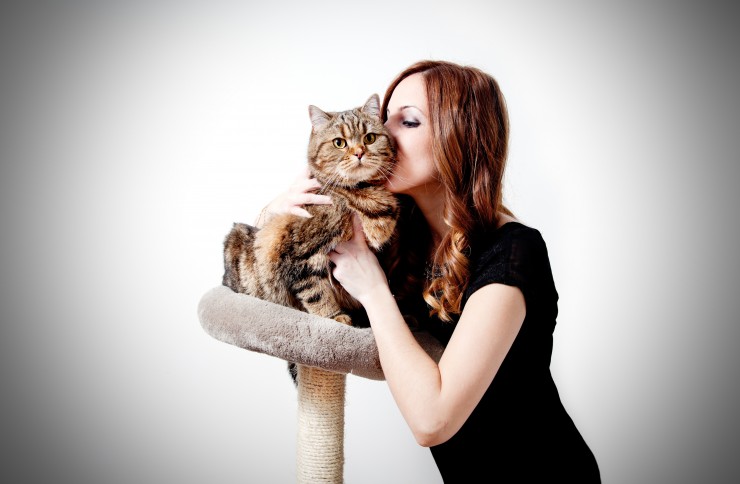 Pet Insurance - Is The Cost Really Worth It?
Pet Insurance - I
Pet Insurance - Is The Cost Really Worth It?
Pet Insurance - I
Copyright © 2005-2016 Pet Information All Rights Reserved
Contact us: www162date@outlook.com